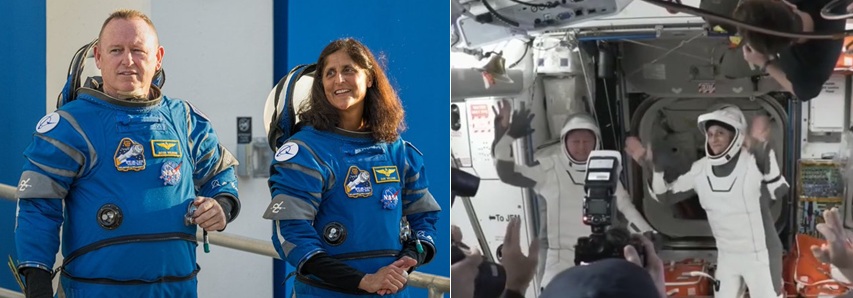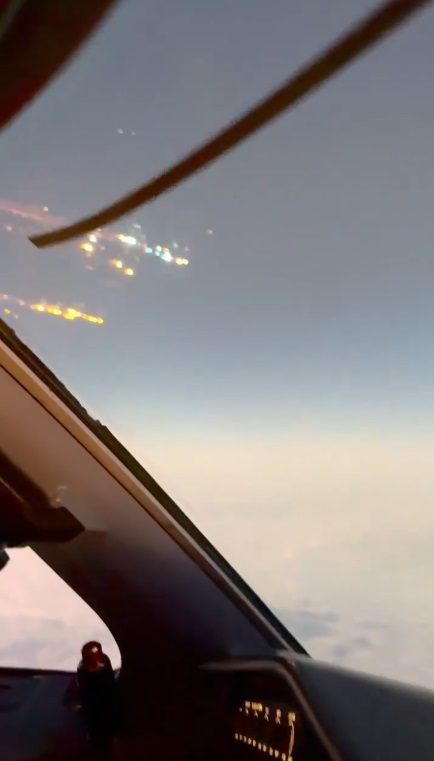French aerospace company Dassault Aviation’s In the Air newsletter issue 14 has provided an update on its spaceflight related activities and teased us with the prospect of an imminent report outlining a possible future for the European suborbital vehicle VSH, or is that K:1000?
In its report “Suborbital Aviation: on the very edge of space” it says:
The study of suborbital vessels, both manned and unmanned, constitutes the natural extension of the activities of Dassault Aviation with regard to the aircraft of the future.
The suborbital activity began with the VEHRA (air-launched reusable hypersonic vehicle) project. This constituted an “evolution” of the X-38 experimental lifting body from NASA, for which Dassault Aviation had defined the shape. It comprises a family of vehicles that comes in three versions:
− 10 t demonstrator;
− 30 t vehicle for launching small (300 kg) satellites;
− heavy vehicle (200 t) for placing a 7 t payload in low orbit.
The newsletter goes on to say:
Air-launching from a commercial transport aircraft does away with the take-off constraints of classic launchers. In terms of flexibility, this type of launch requires a much more slim line ground infrastructure, and offers the possibility of aborting the mission and recovering the vehicles and their payloads in the majority of cases. The VEHRA project has generated repeat works (configuration, systems, propulsion, etc.) for the engineering division (DGT). Interns from the major engineering colleges have also been associated over the years with these futuristic vehicle projects.
And then says…
The progress made on the VEHRA project gave rise, in 2004, to a derivative manned version for six passengers: the manned suborbital VEHRA, or VSH. This is an 11t vehicle, air-launched by a commercial aircraft. The separation process (patented) takes place at an altitude of 25,000 feet (8 km) and at Mach 0.7. Next, the rocket engine (LOx/Kero*) of the VSH boosts the craft into a suborbital trajectory to reach an altitude of over 100 km, at the very edge of space.
Despite the spacecraft-like nature of the flight, allowing passengers to observe the curvature of the Earth and experience weightlessness for some three minutes, the VSH is not a space shuttle. It is a high-performance aircraft that flies at a maximum speed of Mach 3.5, with characteristics and operating features grounded in aeronautics.
Since 2008, the VSH has undergone new developments, in the framework of the K-1000 project, self-financed by Dassault Aviation and its Swiss partners, Ruag, ETHZ and the Ecole polytechnique fédérale de Lausanne (EPFL). Several aspects of the VSH have been explored by the engineers and academics, and this should soon culminate in the production of a fact-finding report that will allow the partners to come to a decision about the future of the project. [emphasis added]






